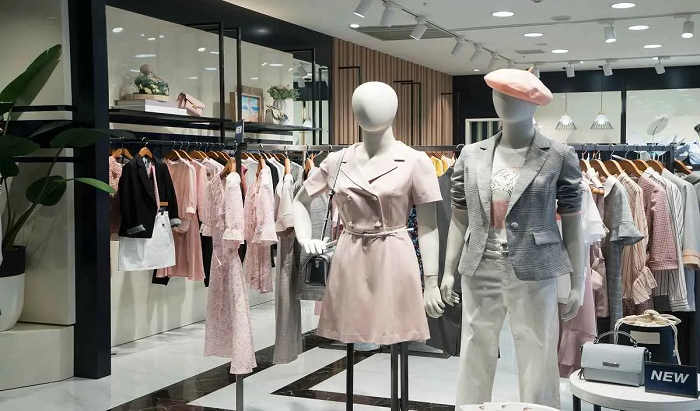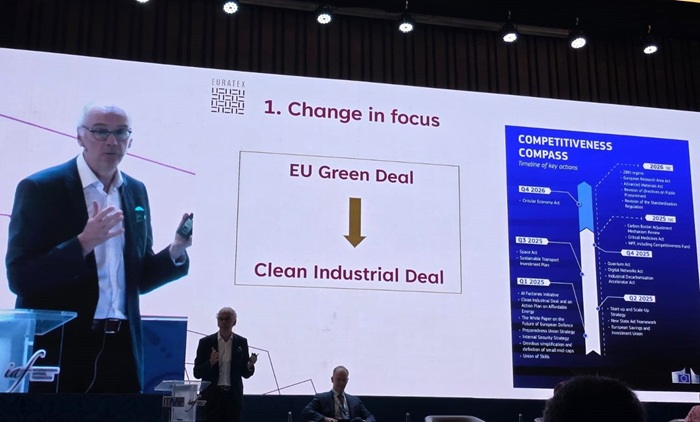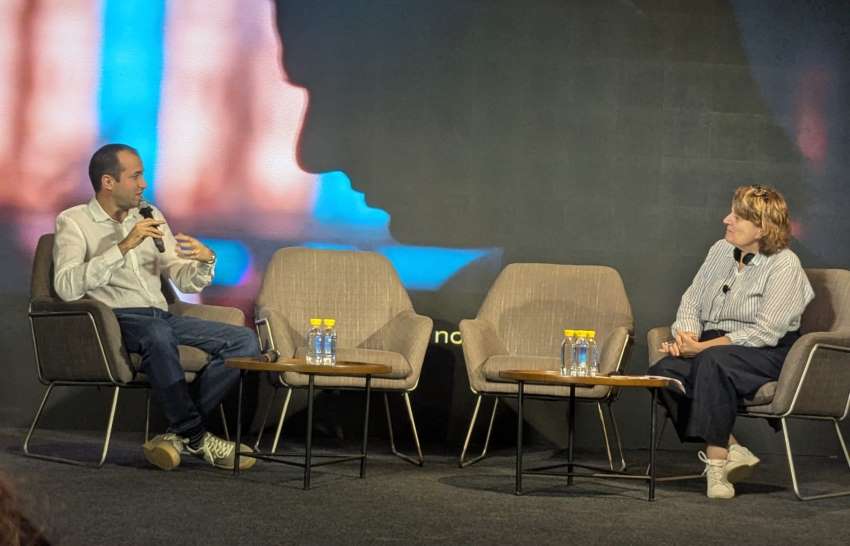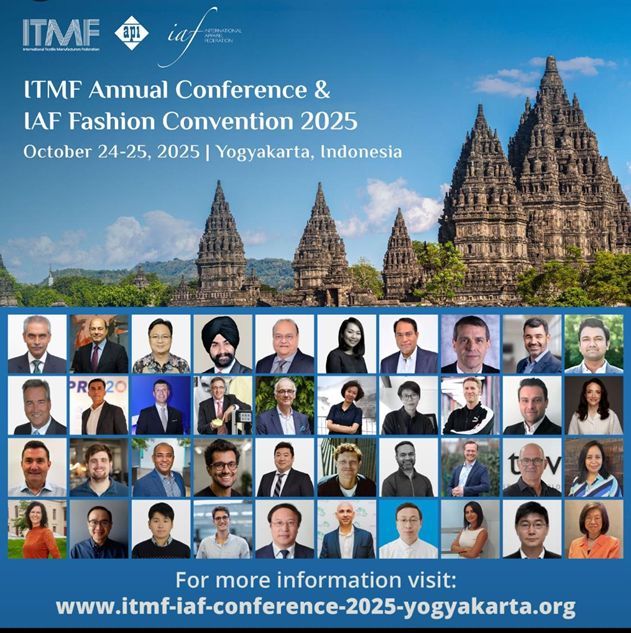
The glittering world of luxury fashion and the fast-paced, trend-driven realm of fast fashion seem like polar opposites. One whispers exclusivity and craftsmanship, the other shouts affordability and instant gratification. So, can a fast-fashion brand ever truly penetrate the luxury market?
The Antithesis: Why luxury and fast fashion clash
Luxury thrives on scarcity and heritage. Think meticulously crafted Italian handbags with decades of tradition woven into each stitch. Fast fashion, on the other hand, is all about churning out trendy pieces quickly and cheaply. The materials are often synthetic, and the focus is on replicating runway looks for a fraction of the cost. “Luxury fashion is about quality, craftsmanship, and heritage," says Professor Natalie Berg in Journal of Brand Management study. "Fast fashion is about speed, trend, and affordability." This fundamental difference creates a chasm that seems difficult to bridge. Would a luxury customer, accustomed to impeccable quality and exclusivity, ever be satisfied with a fast-fashion take on luxury? This inherent contradiction makes a full-fledged transition for a fast-fashion brand unlikely.
Strategies for a hybrid approach
However, there are ways for fast fashion to tap into the luxury market's allure. Here are a few strategies:
Limited edition collaborations: Fast-fashion giants like H&M have found success with capsule collections designed by high-profile luxury designers. These limited-edition pieces offer a taste of luxury at an accessible price point, while the association with a prestigious name elevates the fast-fashion brand's image.
Sustainable and ethical practices: Luxury consumers are increasingly concerned about ethical production and environmental impact, areas where fast fashion has a poor reputation. A shift towards sustainable materials and ethical labor practices could be a game-changer. "There is a growing consumer demand for transparency and accountability throughout the fashion supply chain," says Livia Firth, Founder, The Green Carpet Challenge, in a Business of Fashion interview. Fast fashion brands that can demonstrate a commitment to these values might find a foothold.
Elevated materials and construction: Fast fashion doesn't have to mean low quality. By using higher-quality fabrics and employing better construction techniques, fast-fashion brands can create pieces that feel more luxurious and command a higher price tag. For example, Everlane's the American brand focuses on radical transparency in its pricing model, highlighting the true cost of production and emphasizing ethical sourcing. While not strictly "fast fashion," Everlane offers high-quality basics at a competitive price, appealing to a customer who values both affordability and ethical practices.
A long and uncertain path
While there are potential strategies, a full-fledged fast-fashion brand becoming a true luxury player remains unlikely. The core values are simply too different. However, by embracing limited-edition collaborations, ethical practices, and high-quality basics, fast fashion brands can create a niche for themselves that bridges the gap between affordability and a touch of luxury. The future of this potential bridge remains to be seen, but it will be fascinating to watch these attempts unfold.












